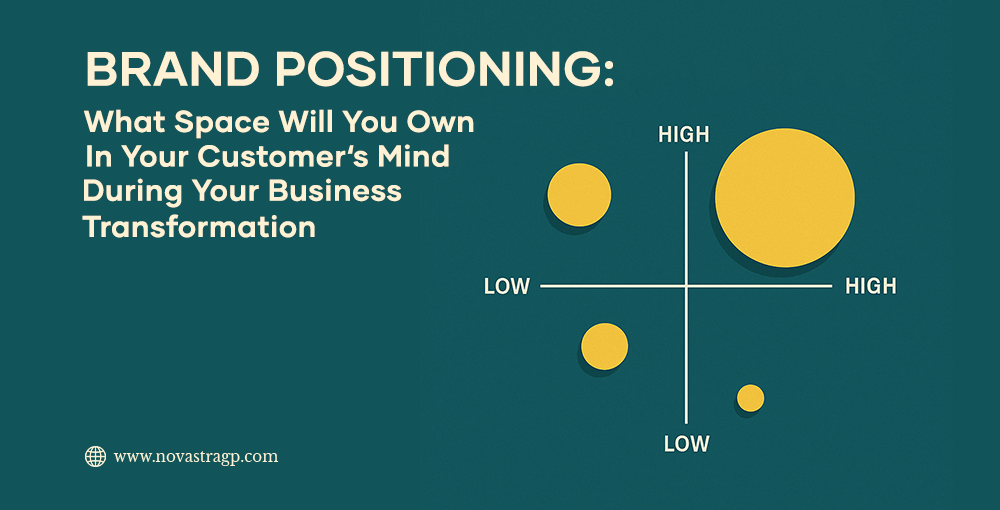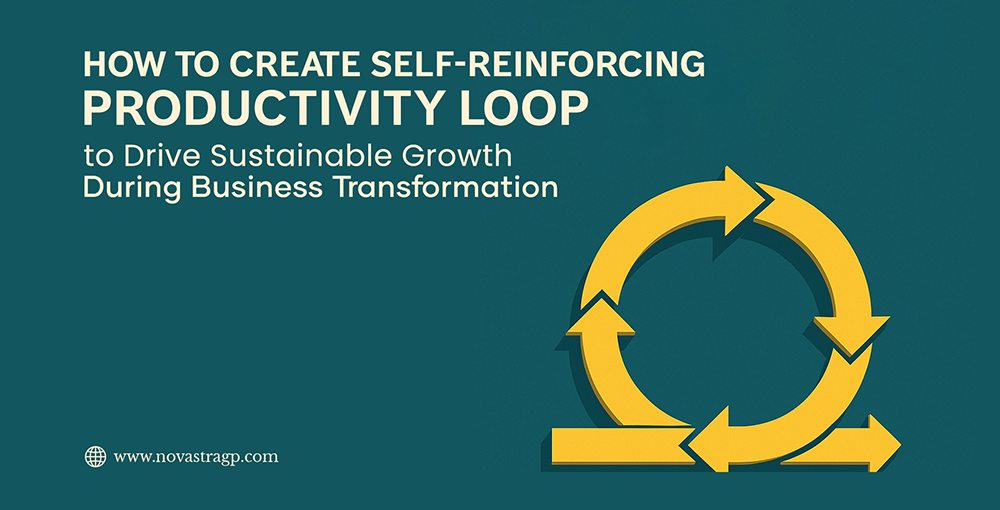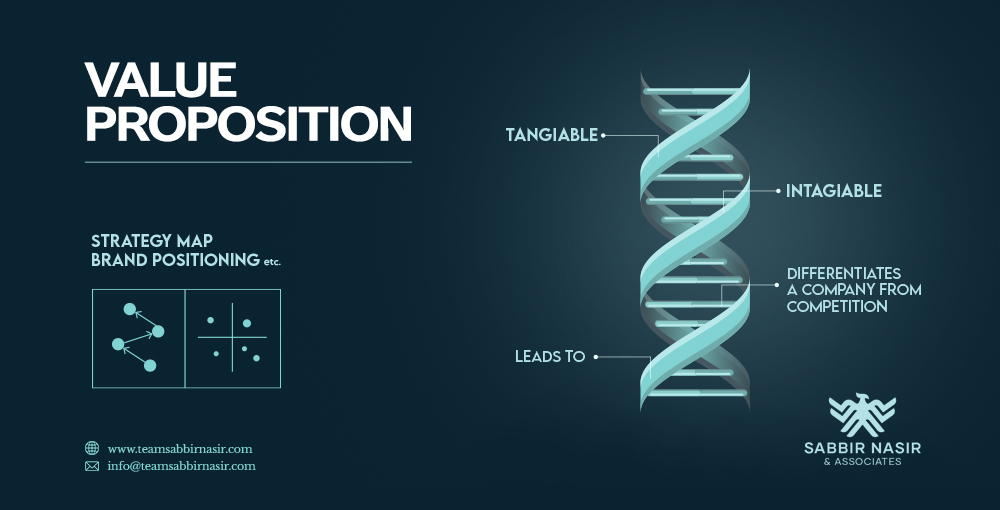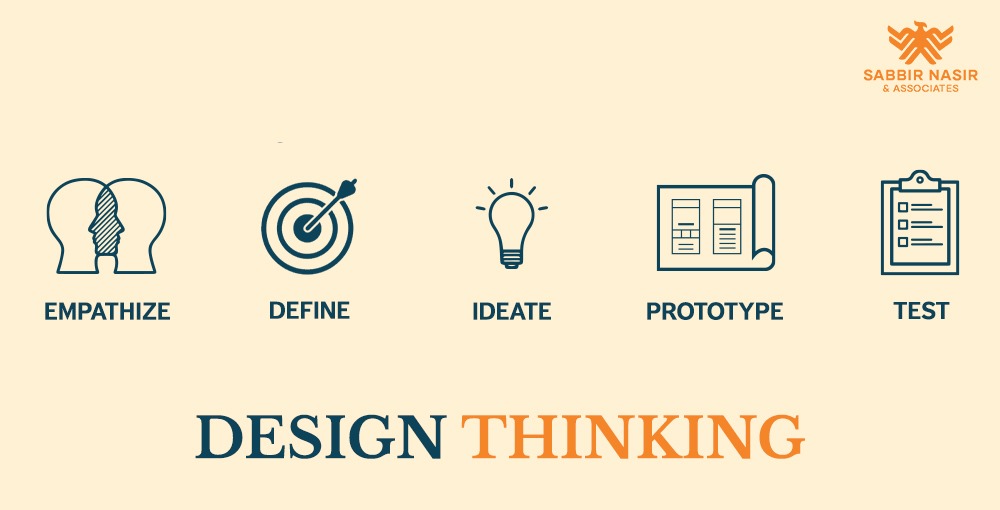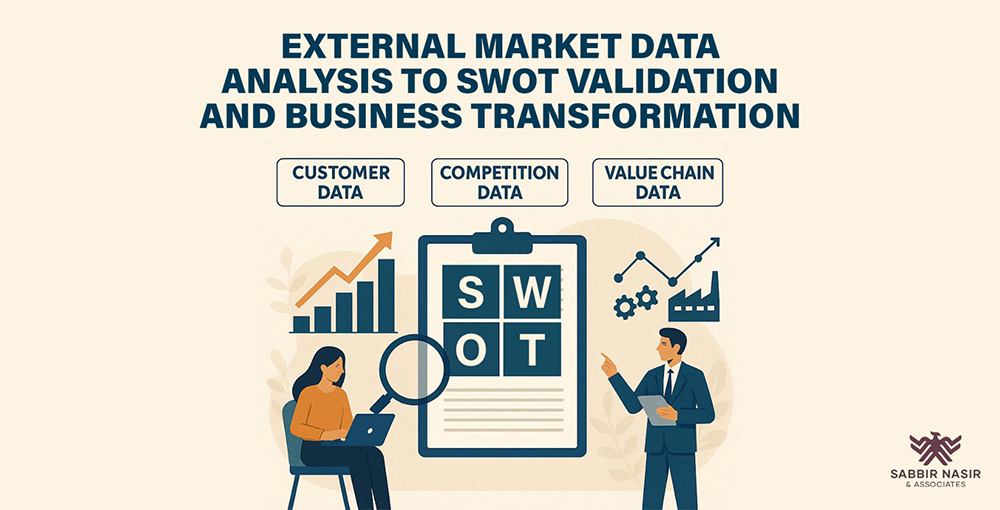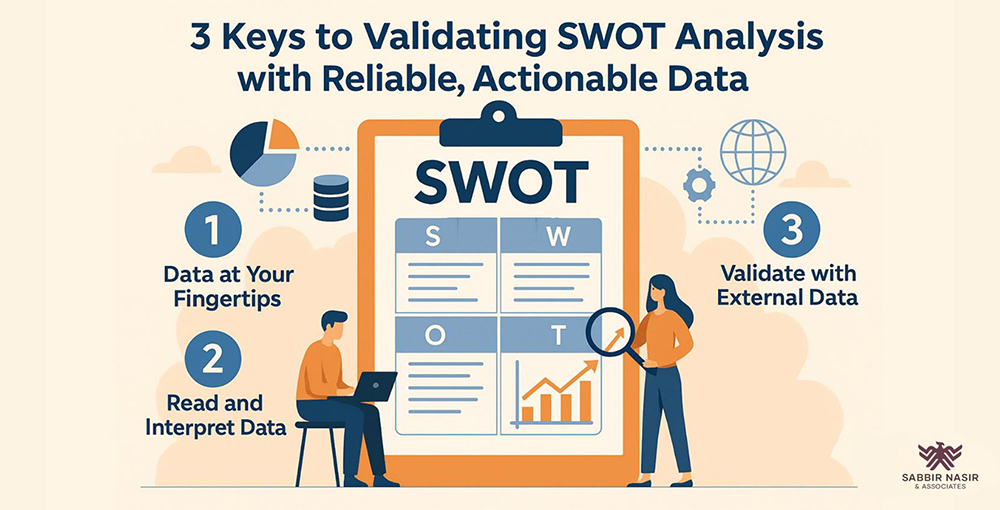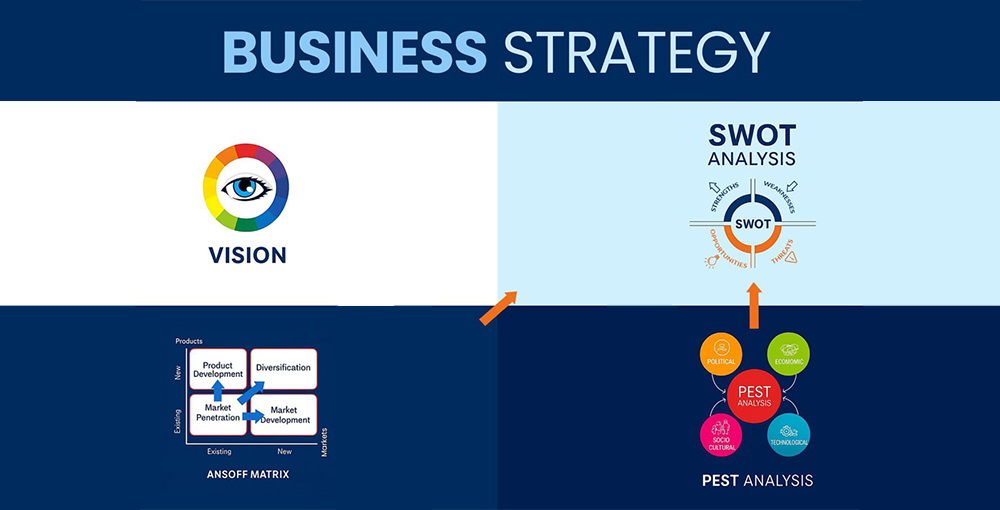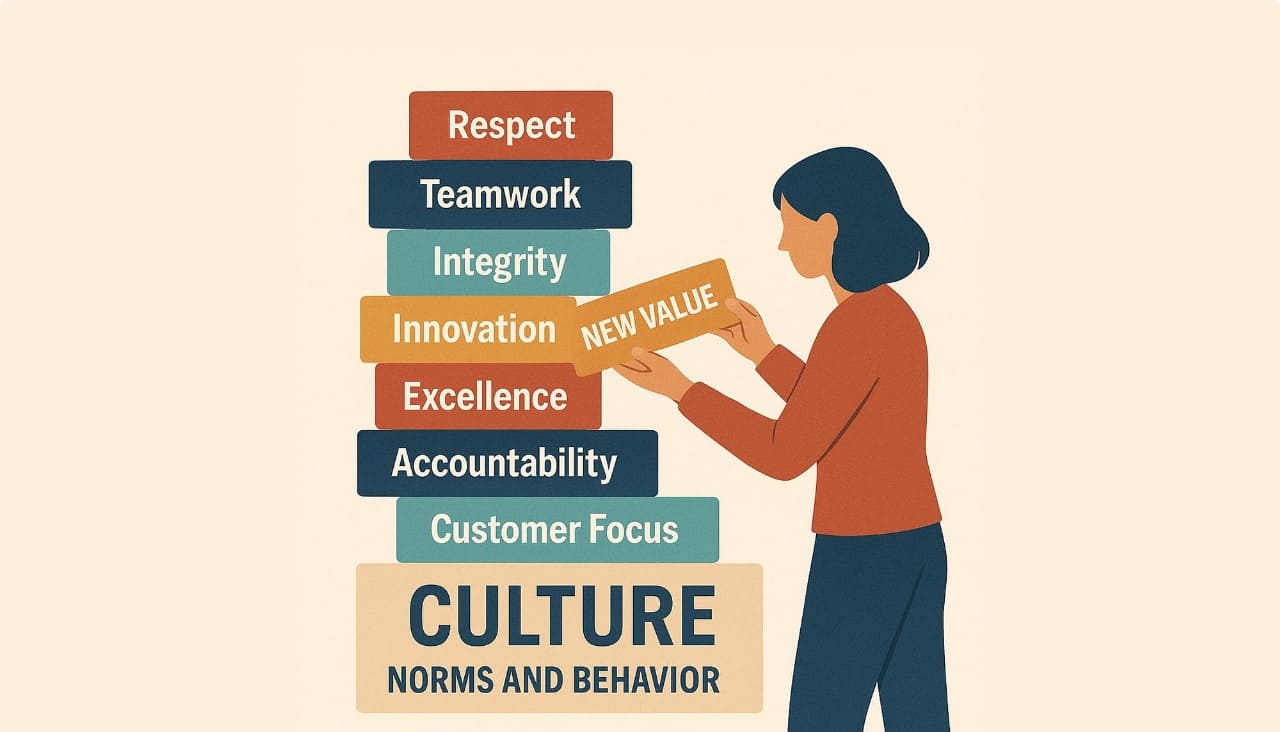How to Apply First-Principle Thinking to Create a New Reality
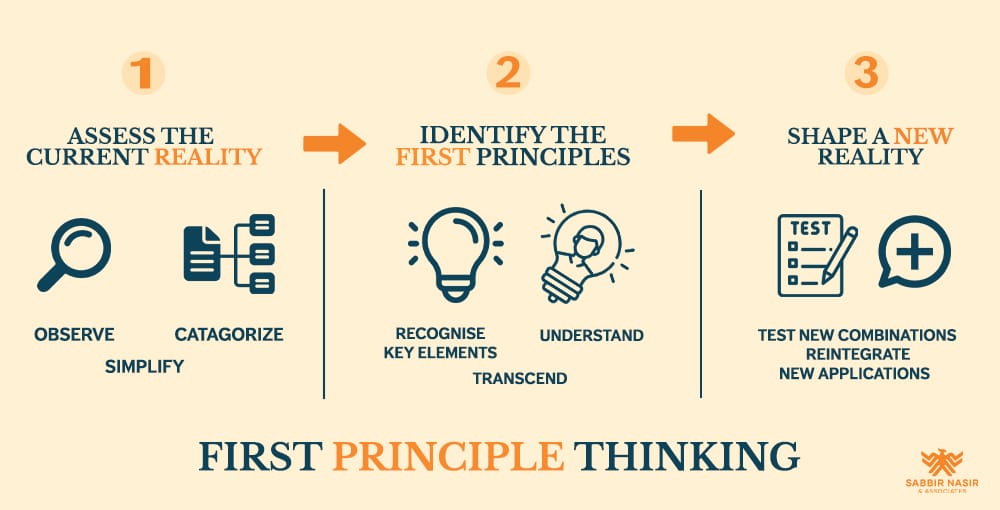
Summary: Once an organization’s most pressing issues and problems have been identified, we apply first-principle thinking to understand the root causes and implement solutions. In this article, we define first-principle thinking, explain the three phases in this process, and offer two real-world examples of how we’ve applied first-principle thinking to achieve transformational results.
In a previous article, we discussed the creation of a holistic fact sheet that integrates internal and external data and provides a narrative about the most pressing issues facing an organization.
At this point, we also have a properly validated strengths, weaknesses, opportunities, and threats (SWOT) analysis. No longer reliant solely upon intuition and fragmented assumptions, the SWOT analysis provides multidimensional, data-driven insights about the current state of the organization.
Now that we have clarity about current issues and problems, we must apply first-principle thinking and/or design thinking to resolve them and move forward. This is an essential step in completing the Discover phase of the Sabbir Nasir Transformation Framework (SNTF) and shifting to strategic planning.
What is First-Principle Thinking?
As I explained in a previous article, Elon Musk is largely responsible for bringing this concept into the mainstream in recent years. I have been applying first-principle thinking for more than a decade to enable true business transformation.
First-principle thinking breaks down complex problems into simpler components and reintegrates them into a new solution that supports business transformation.
A critical discipline in this process is regenerative listening. We listen not just to respond, but to reimagine, reinvent, and innovate. Regenerative listening is a step beyond empathetic listening, which we’ll discuss in the next article about design thinking.
There are three phases of first-principle thinking.
1) Assess the Current Reality. Observe problems, categorize them, and break down individual elements of the problem into their simplest form.
2) Identify the First Principles. Build a deeper understanding of fundamental elements that have been deconstructed. You begin to see what is essential, what is optional, and how to remove obstacles to growth.
3) Shape a New Reality. Test various combinations of key elements and reintegrate them from the ground up to transcend from the old reality to the new reality.
First-Principle Thinking in Action
Example 1: Solving a Furniture Pricing Problem
During the transformation of Otobi into the largest furniture manufacturer and retailer in Bangladesh, we applied first-principle thinking to capture an opportunity in tender business.
The company had never been able to compete for this business, so I sat down with the founder and his leadership team to find out why. Why are we not competitive? What is the problem?
To answer these questions, we assessed the current reality by disintegrating cost elements. The cost of materials was the same as the competition, while our labor costs and manufacturing overhead were actually lower than the competition.
Then we identified first principles to develop a deeper understanding of key elements. The founder had implemented a rigid pricing formula, a thumb rule, that stated some cost elements must be marked up by a certain amount. As a result, products were overpriced and we could not capture the tender opportunity.
We also knew from the holistic fact sheet that the manufacturing factory was operating below full capacity, causing fixed costs to be inefficiently spread.
To solve these problems, we reintegrated these elements to shape a new reality. This involved recalibrating pricing to focus on contribution margin rather than fixed markup. Replacing the outdated thumb rule with a dynamic pricing model allowed for competitive tendering while maintaining healthy margins.
After applying this new rule, we started winning tender contracts that could generate an additional $10 million in revenue.
Example 2: Unlocking Growth in the Fish Category
I led the business transformation of Shwapno into the largest grocery retailer in Bangladesh and continue to serve as the company’s managing director. We recently discovered that growth in the fish category had slowed. First-principle thinking enabled us to identify and solve the problem.
We visited competitors’ stores and found that they displayed fish items differently. While our displays were dominated by bulk quantities of a small variety of fish, competitor displays showed different types of fish together, creating the perception of a broader assortment.
We redesigned our displays to mix and match a wider range of fish in smaller quantities. We also adjusted our pricing index against the market to become more competitive.
After implementing these changes, fish sales increased 50% year over year.
First-Principle Thinking: Practical and Transformative
First-principle thinking is not an abstract concept. It’s a very practical approach to identifying problems, breaking them down to their simplest elements, and reintegrating these elements in a way that overcomes stagnation and drives innovation and growth.
Essentially, we apply first-principle thinking to gain clarity and create a new reality. This is the very definition of business transformation.



